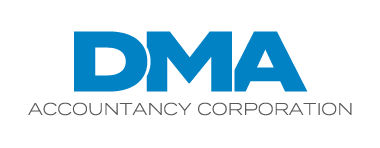If your manufacturing plant has invested in automated equipment, such as robots, you’re not alone. In fact, according to the International Federation of Robotics, U.S.-based manufacturers invested in 44,303 robotic units in 2023, up 12% from 2022. Another study from 2022 by Veo Robotics, Inc. revealed that more than 55% of U.S. manufacturers have 10 or more robots in their facilities.
If you’re considering investing in additional automated equipment (or perhaps your company is ready to purchase its first robot), it’s critical to weigh the pros and cons. Automation can sometimes be more expensive and time-consuming than your management team might expect.
The pros
Skilled workers are in high demand and increasingly difficult to find. Automated equipment can help manufacturers meet production demands, especially in remote areas with limited sources of trained workers. Other potential upsides include:
Greater efficiency and quality. Robots, if properly programmed and integrated into the surrounding systems, can perform certain tasks faster and with fewer errors and less waste than humans. Automated equipment is well suited for large production runs, as well as repetitive, dangerous and labor-intensive tasks. Examples include welding parts, performing pick-and-place tasks and cleaning up chemical spills. But if you run small batches of custom work, it makes sense to use your skilled employees.
Enhanced brand image. Automated production lines and the use of robots can help differentiate your business from competitors. For example, press releases and social media posts about your investment in automated equipment could boost your brand’s image as an innovator and/or a high-quality producer.
Improved morale. Employees are seldom satisfied doing the same mundane tasks, day after day. By automating repetitive tasks, your workers are free to perform high-tech custom work and program robots for the next run. In addition, assigning dangerous or strenuous work to robots can reduce work-related stress, accidents and health issues among employees. Of course, morale benefits will be tempered if employees fear their jobs are in jeopardy.
The cons
The biggest downside to automation is the initial cost. So, it’s critical to crunch the numbers before making the investment.
Rather than purchase equipment outright, most companies finance or lease the equipment to spread the cash outflows over five to 10 years. However, financing costs currently are up because interest rates remain high.
Be sure to factor in whether your company will qualify to deduct any or all of the interest expense. Generally, interest paid or accrued by a business is deductible only up to 30% of adjusted taxable income. However, taxpayers with average gross receipts that don’t exceed the applicable threshold for the three previous tax years are exempt from the interest deduction limitation. For 2024, the threshold is $30 million, up $1 million from the 2023 threshold of $29 million.
Also consider how much it will cost to train employees to operate, program and repair the equipment, along with incremental insurance, utilities, and repair costs. You may even need to revise your production line to avoid unexpected bottlenecks that may occur as throughput, cycle times and setup times are altered by automation.
Though machines don’t complain or call in sick, they do break down and show wear, necessitating a formal maintenance program. If you think following a maintenance schedule could be a challenge, consider leasing the equipment from a company that will also maintain it.
Additionally, as with any type of technology, it’s important to evaluate cyberthreats that automation might bring. Could your robots be hacked or infected with a virus that shuts down your production line?
Talk to your advisor
Whether you’re adding your first robot or your 100th to your production floor, proper planning is critical to successful automation. Contact us to help determine the costs and whether the investment makes sense for your manufacturing company.
© 2024


Recent Comments